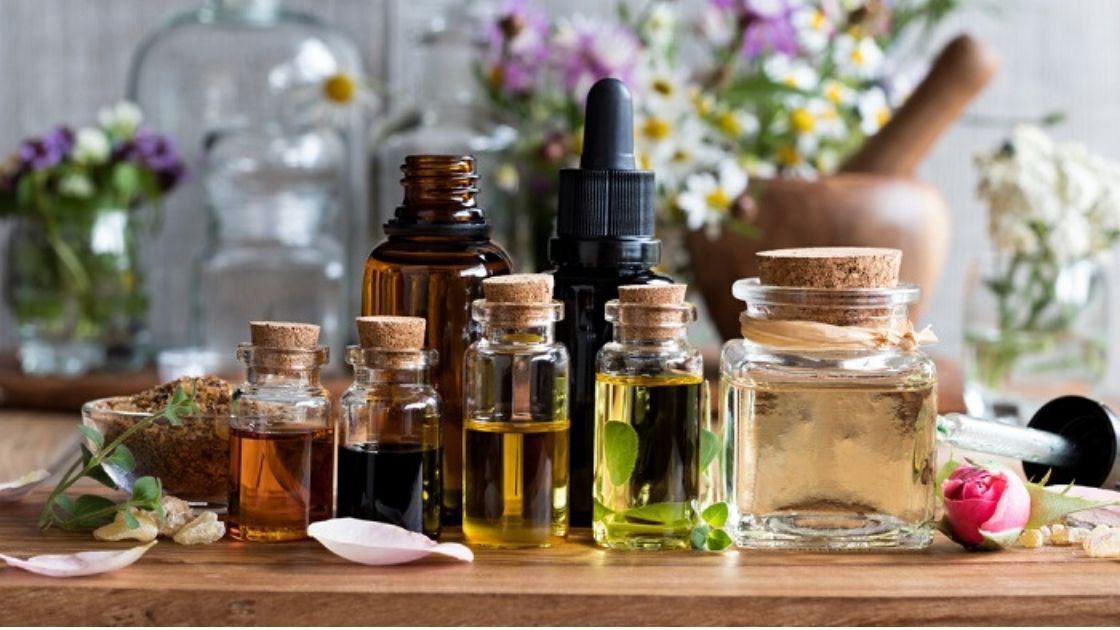In the 14th century, the black death pandemic in Europe. People burned frankincense and pine trees on the streets to prevent infection. At the time, physicians wore waxed linen or canvas shirts, black hats, and beak-like masks. The beak is filled with aromatic plants, such as rosemary, thyme, lavender, sage, etc., to filter the air, fight bacteria and viruses, and protect yourself from infection. Later, people used distillation and other technologies to extract an effective aromatic molecular component, essential oil, from aromatic plants, and obtained an excellent source of antibacterial and antimicrobial resources.
“Microbes are nothing, the environment is everything.” —French famous microbiologist Pasteur
Even if it’s difficult to kill these germs directly, they can be controlled by the environment to prevent their growth and spread.
The Mechanism
The antibacterial properties of essential oils are the result of millions of years of natural evolution. Plants use secondary metabolic mixtures (aromatic molecules) made by different structural types to protect themselves from herbivores, bacteria, and fungi. These secondary metabolites are constantly evolving to obtain the active ingredients that are most suitable for the environment today. .
The virus is hard to be “killed” to death by essential oils, but essential oils compete with viruses for receptors on human cell membranes, or attach directly to the surface of the virus, leaving it no chance to enter cells to replicate more viruses, delaying the virus’s reproduction The human immune system fights for more time to make antibodies, find viruses, and destroy them.
German hospital air disinfection test, the essential oils used: pine, thyme, mint, lavender, rosemary, clove, cinnamon, bacteria reduced by 40% after 20 minutes, 80% after 1 hour, 100% after 9 hours
The key to the performance of essential oils in antibacterial and virus suppression lies in the aromatic molecules. Different aromatic molecules display different effects and are good at each. Among them, the essential oils of phenols, terpenols and aldehydes all have prominent anti-microbial and virus-inhibiting effects.
In our last article, we mentioned about 6 essential oils to kill virus
In this articel, we’re going to cover how to use of these essential oils.
Daily use
Choose one of your favorite essential oils to purify the environment and guard your health in a natural way.
- Diffuse the space: Drip 3-5 drops of essential oil into the aroma diffuser for 15-20 minutes or use a nebulizer to diffuse essential oils directly and keep the room ventilated during the diffuser process.
- Home cleaning: Drop 5-10 drops of essential oil into the last mop for mopping the floor, or wipe furniture / children’s toys in the same way.
- Convenient aromatherapy: Drop 1 drop of essential oil on masks, collars, small handkerchiefs, and carry-on mini aromatherapy machines for personal protection.
- Spray purification: Add 3ML of single or blend essential oil (about 20 drops of 1ML essential oil) into 100ml of purified water, shake and spray it in the air around you.
- Mask spray: Drop 2ML (ie 40 drops) of single or compound essential oil in 100ml of purified water, and spray the entire mask, especially near the edge of the nose. (If it is not convenient to spray, you can also drop a drop of essential oil on the outside of the mask near the nose area to strengthen the defense effect)
Note: Aromatherapy is a natural remedy that can be used for daily protection, boosting immunity, but it is still a supplementary means. It is not a substitute for medical treatment. If you have respiratory symptoms such as fever and cough, please seek medical treatment as soon as possible.

